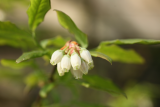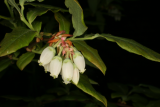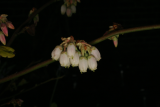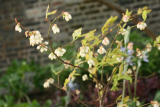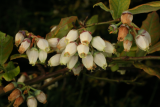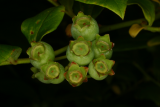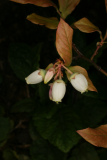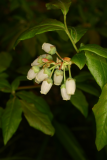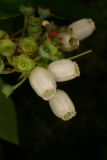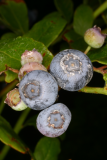Additional notes (click to expand)
Medicinal
Medicinal uses
Uses supported by clinical data
Orally as adjunct therapy for the prevention and symptomatic treatment
of urinary tract infections in adults (8–20). Two clinical trials have assessed
the effect of the fruit juice in paediatric populations (17, 21), but
the results were negative. Results from clinical trials involving the use of
cranberry for the treatment of children with neurogenic bladder were also
negative and do not support the use of cranberry products in paediatric
populations (22).
Uses described in pharmacopoeias and well established documents
No information was found.
Uses described in traditional medicine
Treatment of asthma, fever, loss of appetite, scurvy and stomach ailments,
as well as gallbladder and liver disease and for treatment of wounds (3, 23).
Contraindications
The use of cranberry for the treatment of diseases of the urinary tract in
paediatric populations is ineffective and is not recommended (22, 43).
From WHO Monographs on Selected Medicinal Plants Vol 4 2005, WHO Geneva
Nomenclature
Other common names: HIGHBUSH BLUEBERRY;AMERICAN BLUEBERRY;SWAMP BLUEBERRY;TALL BLUEBERRY
Other use
Vaccinium corymbosum L. Ericaceae Bilberry. Deciduous shrub. Distribution: North America. The berries are eaten and rich in Vitamin C. Native Americans used them as a dressing on acute erysipelas (Milspaugh, 1974).
Oakeley, Dr. Henry F. (2013). Wellcome Library notes.
link
Vaccinium corymbosum L.
Family: ERICACEAEGenus: Vaccinium
Species: corymbosum L.
Common names: Blueberry
Habit: Shrub
Hardiness: H5 - Hardy; cold winter
Garden status: Not currently grown
